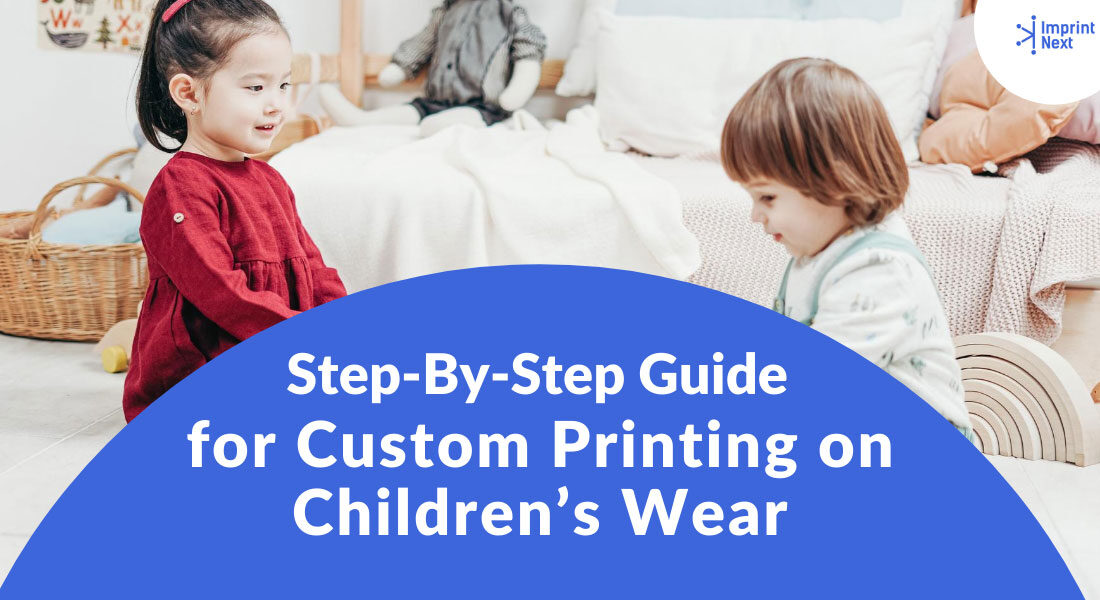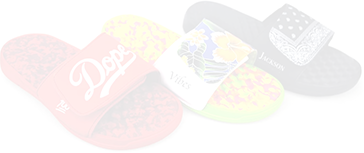
Last Updated on: 31st October 2024, 01:01 am
Having a screen-printing business requires you to do business with thousands of customers, not only in number but also in various needs. Similarly, custom printing on children’s wear is a distinguished variety.
You may be used to print on adult garments. But it is also popular among children to wear that is printed with superheroes, cartoon characters, etc. So, adding this new feature to your business is beating your competitors.
Fashionable childrenswear is becoming popular in apparel boutiques throughout the country. These garments include T-shirts, hoodies, and even dresses for girls.
A new business in kidswear starts with a clear vision of the end product and a smart strategy of marketing these garments both online and at the retail level.
Want to Boost Your Print Shop Revenue?
Schedule a free consultation
Here, we will discuss essential steps in designing a youth dress from start to finish with screen printing.
The process includes screen preparation, film output, screen making, ink selection, and setting up the press.
1. Simulated Process Printing:
Simulated Process Printing is all about copying the true four-color process printing, which involves transparent CYMK process inks.

Do you have printers? Are those printers sitting idle?
Become a Print-on-Demand dropshipping app like Printful or Printify. Dropship your merchants' orders.
Unlimited Merchant stores. Dropship and Fulfil Merchants' orders. Manage merchant invoice, sales commission, etc. Merchants sell the designed products in shopify, etsy stores, etc.
Know moreFour-color process printing breaks the design down into halftone color separations using only
four screens to achieve a multitude of colors.
Simulated process printing is not a transparent process. Because it makes use of opaque inks. As a result, you need more screens to get a full-color print.
For instance, primary colors are printed on each other to create secondary and tertiary colors by four-color printing. However, secondary and tertiary colors are printed directly through separate screens in simulated process printing.
Additional screens for simulated printers are required. The primary colors, red, blue, and yellow, plus the highlight white, are printed on a white base, and secondary colors: purple, orange, and lilac.
That is why it is vital to print a 12- or 14-color press to complicated simulation process designs. Nevertheless, such printing allows for the mass development of photorealistic designs in dark clothing like concert and biker tables, trendy garments, etc.
2. Artwork in the Key:
Art is the key to the most popular garment lines, and most fashion printers have in-house artists to design fashion apparel.
Any shop’s new artist should spend time on the production floor exposing screens and washing them out.

Boston based custom slide sandal maker has become $10 Million company using an online designer and unique growth marketing.
Read moreNot only should he be present when screens are set up on the press, but he also should watch the entire printing process to learn all the steps and see how everything works together.
Use Separation Studio to preview art to see how it will look on a black background; if it looks good on black, it will look good on all colors.
Design your artwork to first print a white under base and flash, then print all the colors wet-on-wet on top.
Printing wet-on-wet colors on top of the white under base help mix the colors on press for more true color reproduction,
3. Selecting Screens:
The screens contained aluminum frames, and yellow 305 mesh stretched to 25 N/cm and were coated with Ulano Poly Plus S with a one-on-one coating technique using the scoop coater’s
dull side.
The yellow mesh is ideal for halftone printing to reduce the amount of light scatter that causes undercutting during the screen-exposure process.
Screen printing on fashion garments requires a different thought process for mesh selection compared to traditional T-shirt printing.
The 110-230 mesh counts fulfill most design criteria for screen printing of daily vector material.
But for fashion printing, higher mesh counts in the 305 to 355 range are commonly used to achieve the softest handprint and enhance the fabric’s drape.
The screen has a stencil thickness of 20% emulsion over mesh (EOM). And measure with a stencil-thickness gauge.
This factor is critical to ensure that the correct amount of ink deposits onto the garment’s surface.
4. Film Operations:
Film operations include setup, exposure, and output. Right pre-press equipment is essential to achieving top-quality screens quickly and accurately. Raster Image Processor (RIP) software needs to translate the halftones in the art files.
Load all screens on the screen-printing press taped and registered in less than eight minutes.
Use the system to pre-align the images in the same location on each screen before exposure.
5. Selecting the Best Ink:
There are three main ink systems used in fashion printing. They are plastisol, discharge, and water-based inks.
Today the plastisols in the soft-hand printing system are easy to print into fine meshes. You can also use additives to combine with plastisols to imitate the softness of water-based inks.
Water-based and discharge inks are great for printing on fashion garments, but it’s essential to have the right equipment.
Requirements include a forced-hot-air textile dryer, water-resistant stencil chemistry, and a basic understanding of printing with water-based inks so they won’t dry on the screen during production.
Water-based ink today is much easier to use than it used to be ten years ago. Apply a thermal “donut” test regularly to verify the printed ink’s temperature as it passes through the dryer.
The curing temperature for standard plastisol ink is 320˚F. Achieve the correct treatment temperature for the liquid you use with your ink manufacturer forever.
6. Best Way to Use Thermal Probe:
Print a pattern with regular plastisol ink on a pool of test material and press the crosshairs into the wet ink deposit. Drive the textile through the entire oven length to allow the temperature to exceed 320 / F for the ink-film readings.
If the temperature doesn’t reach 320˚F, increase the oven’s temperature. Or slow down the conveyor belt until you achieve a reading of 320˚ F.
Conclusion:
Screen printing is vast in terms of experience and skill, which cannot be taught using words only.
In addition to the above points, you must practice under the guidance of an expert. If you are an expert, it is easy for you to adopt these methods and put them into practice.







